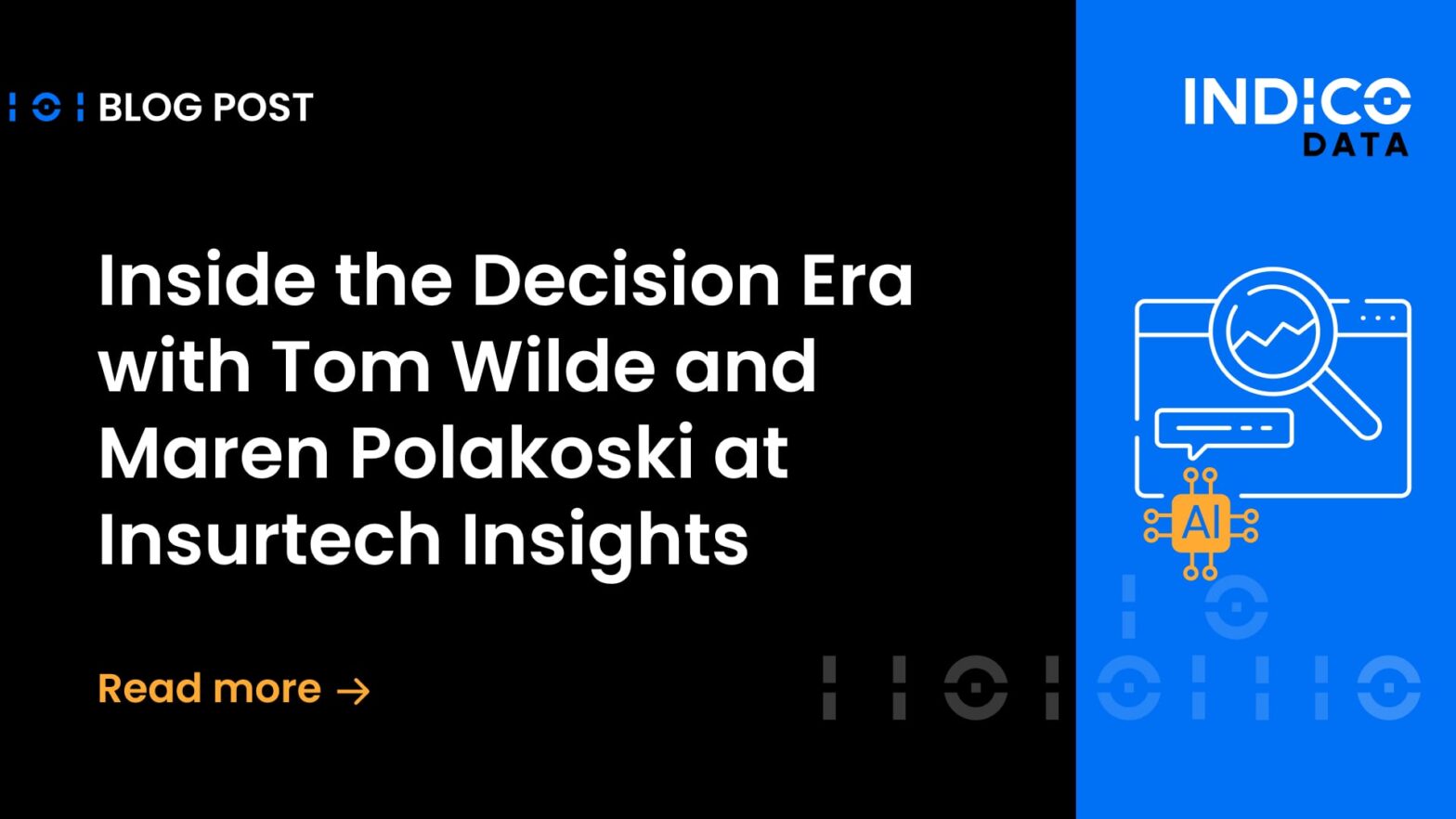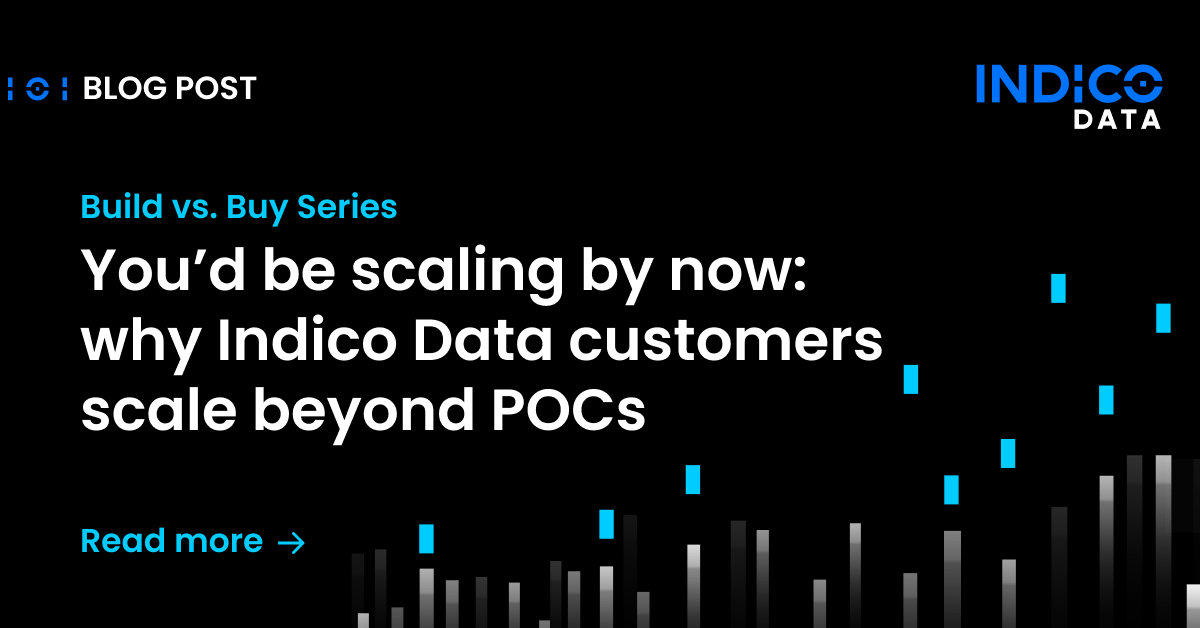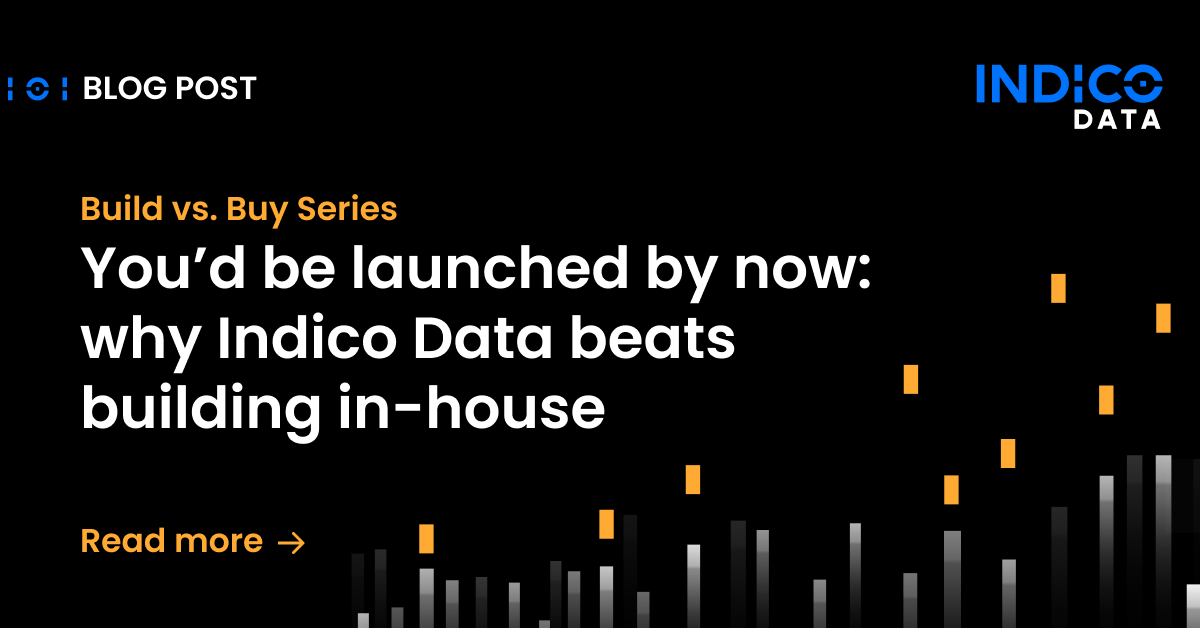Gartner recently released its forecast for the hyperautomation market, predicting it will reach $596.6 billion in 2022. That prompted us to address a question that has been confusing automation platform buyers and business process owners for some time: what exactly is hyperautomation?
Simply put, hyperautomation is an umbrella term Gartner used to refer to many automation technologies, exactly which ones have been morphing a bit over time.
Gartner defines hyperautomation
Here’s a definition from Gartner’s October 2019 “Top Strategic Technology Trends for 2020” report: “Hyperautomation deals with the application of advanced technologies, including artificial intelligence (AI) and machine learning (ML), to increasingly automate processes and augment humans. Hyperautomation extends across a range of tools that can be automated, but also refers to the sophistication of the automation (i.e., discover, analyze, design, automate, measure, monitor, reassess).”
Fast forward to last week’s market report and this is how Gartner is now describing hyperautomation: “Hyperautomation is an approach that enables organizations to rapidly identify, vet and automate as many processes as possible using technology, such as robotic process automation (RPA), low-code application platforms (LCAP), artificial intelligence (AI) and virtual assistants.”
Hyperautomation as an “approach” to automation that encompasses numerous potential tools, including RPA, AI, and LCAP. But wait, there’s more! LCAP, it turns out, is just one category of tool that Gartner lumps under yet another umbrella term, low-code development technologies. Other low-code technologies include:
- Intelligent business process management suites
- Multiexperience development platforms
- Robotic process automation
- Citizen automation and development platform (that’s us – more on that in a minute)
- Other low-code development technologies
Got all that? We hope so because according to Gartner Hyperautomation morphed from a nice-to-have to a necessity.
“Hyperautomation has shifted from an option to a condition of survival,” said Fabrizio Biscotti, research vice president at Gartner. “Organizations will require more IT and business process automation as they are forced to accelerate digital transformation plans in a post-COVID-19, digital-first world.”
Related Article: 3 Keys to Scaling Document Process Automation Enterprise-Wide
What’s under the hyperautomation umbrella
We can agree with that last part about companies needing more automation. But let’s try to clarify a bit just what “hyperautomation” really means.
In short, it includes all the various types of automation platforms you have to choose from. Let’s go through a few of them.
Business process management suites are intended for general business processes, providing simulations (for what-if scenarios), verification, and optimization.
RPA platforms use software bots to perform repetitive functions on behalf of humans. They can save time for highly predictable functions.
RPA and templated approaches to automation that take advantage of optical character recognition can process structured documents. Considered “low code” platforms, RPA and templated approaches don’t require complex programming. Instead, they involve templates or labels fields to extract from a given document. That approach works well with highly structured documents, where you can be sure the same data will be in the same place every time.
However, the vast majority of documents most companies deal with are unstructured – meaning you don’t know where relevant information may fall in any given document. Think emails, Word documents, PDFs, even images.
Automating processes that include unstructured content requires more intelligence, where technologies such as AI come in. This is where we get into some of the other low-code technologies on the Gartner list, including the “citizen automation and development platform.”
A deeper look at intelligent automation
Indico’s Intelligent Process Automation platform falls under this category. Although it includes advanced AI technologies, including deep learning and natural language processing (NLP) that enable it to “read” most any kind of unstructured content, the platform is simple to use. It’s intended to be used by business process owners – the folks who know the processes best. We turn these folks into “citizen data scientists,” meaning they can use the Indico platform to create powerful document process automation models but require no IT expertise or programming know-how.
“Technologies to automate content ingestion, such as signature verification tools, optical character recognition, document ingestion, conversational AI and natural language technology (NLT) will be in high demand,” Gartner says. “Organizations will need such tools to automate the digitalization and structuring of data and content – for example, automating the process of digitalizing and sorting paper records.”
We agree with that assessment. The only question is, which toolset do you employ? We argue that an intelligent document processing platform like Indico’s makes the most sense because it can handle any content you throw at it – structured or unstructured – making it applicable to most any use case.
To learn about a few use cases, check out our page about automating insurance processes, including underwriting, claims, and regulatory compliance, as well as our page on automating processes in the financial services and banking sector. Or request a demo to learn what Indico can do for your business.


